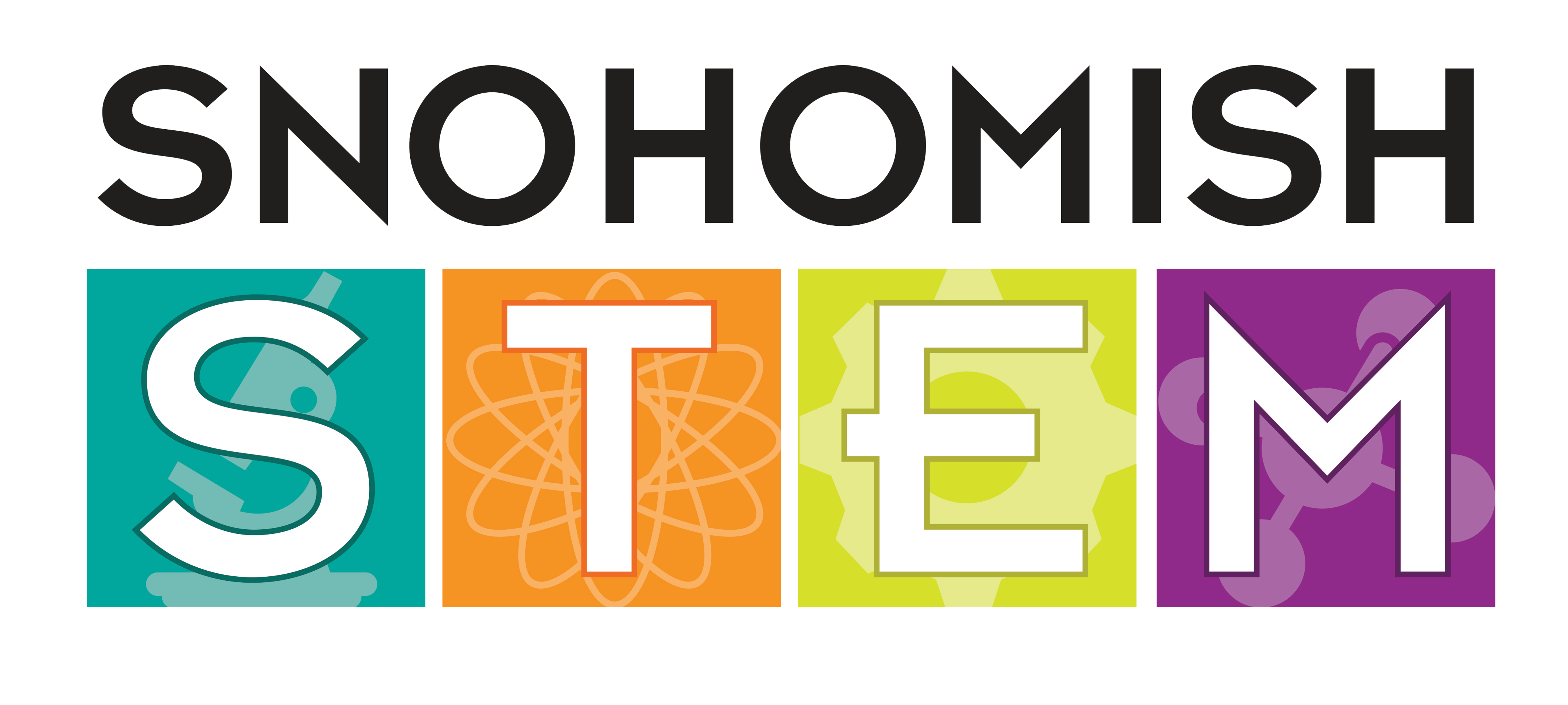Guide to Financial Aid
The truth is college is expensive no matter where you choose to go, and most people need help to afford it. However, Financial Aid applications can be a very difficult processes to understand. The information below can help you and your family navigate through it. Your high school Guidance and College & Career Counselors can also help walk you through this if the resources below still have you stuck.
What is Financial Aid?
That is an excellent question, and the US News and World Report breaks it down for you in a recent article.
There are several types of financial aid that can help cover higher education expenses:
- Grants.
- Scholarships.
- Work-study.
- Federal or private loans.
The different types of financial aid are available from many different sources, including colleges, your high school, organizations and corportations, and federal and state agencies – just to name a few!
Common Myths.
Myth #1
My parents make too much money, so I won’t qualify for financial aid.
Fact: Applying for financial aid is the only way to know for sure whether you qualify. With the new Washington College Grant, an eligible student from a family of four making up to around $97,000 per year can receive some money for their education.
Myth #2
Financial aid only pays for universities. That takes four years—I need to start working now.
Fact: Financial aid can be used for many types of full-time or part-time education, including career and technical schools, community colleges, some apprenticeships, and yes, universities too.
Myth #3
I can’t apply for financial aid, because I don’t know what I’m going to do after high school.
Fact: You can complete a FAFSA or WASFA financial aid application before applying for college or training. You can make your final choice about whether and where to go later.
Learn more and apply for financial aid on the Washington Student Achievement Council website.
PRO TIP
Write down your FSA ID and password in a safe place; it can be hard to retrieve it if you lose it!
WASFA or FAFSA?
In Washington, students complete one of two applications to be considered for student financial aid: the FAFSA (Free Application for Federal Student Aid) or the WASFA (Washington Application for State Financial Aid). The applications open October 1 each year and students should try to complete their financial aid application as soon as possible after that date. In addition to state and federal aid, many school-based and school-funded scholarships require students to submit a FAFSA or WASFA form for consideration.
WASFA
Students who are not eligible for federal financial aid due to immigration status may be eligible for several Washington State financial aid programs, including the State Need Grant, the College Bound Scholarship, State Work Study, or Passport Scholarship. These programs fund in-state public and private technical, two-year and four-year colleges and universities. Learn more about eligibility and complete the WASFA at readysetgrad.org
FAFSA
U.S. citizens and eligible non-citizen students will be considered for grants, loans and work-study funds upon completion of this form. Federal aid can be used at technical, two-year and four-year colleges and universities across the country. Learn more about eligibility requirements and complete the FAFSA at FAFSA.gov and studentaid.ed.gov.
Watch this video to help determine which form is right for you.

Let’s Get Started.
Now that you have determined which is the right fit…
WASFA
State Financial Aid for Undocumented Individuals and Select Non-Citizens
Complete, step-by-step lesson on how to complete your WASFA application.
FASFA
Use the Free Application for Federal Student Aid (FAFSA®) form to apply for financial aid for college or grad school.
Tips and process for filling out your FASFA application
PRO TIP
Making Changes:
If you have already submitted your Financial Aid application but you need to modify it due to a change in circumstance, check out Swift Student.
Helpful Resources
Sometimes you just need a video to explain it all. No worries, your answers are just a click away.
How to Create FSA ID
FSA ID Challenges
Step by Step Application Process
Line by line completion video for intense help
Common Financial Aid Errors
Determining Your Dependency Status
Completed the application? What happens next?
STILL STUMPED?
If you have questions on your Financial Aid application, but don’t have direct access to a professional who can help, ask Otterbot!
Text “Hi Otter” to 360.928.7281
Ask all your questions, and you can opt-out at anytime.
Understanding Your Award Letter
After you complete your federal or state aid application, you will receive an award letter (view sample letter) from the college you have decided to attend (or are already attending), detailing the financial aid you received. Sometimes, these letters are not easy to read.
Some Helpful Worksheets
WAIT! Don’t Miss Out…
Once you complete the FAFSA/WAFSA there is even more money available now for Washington residents, and you do not have to do anything more to qualify!
New Washington College Grant
The new, nationally recognized Washington College Grant (formerly the State Need Grant) makes education and training beyond high school affordable. More families are eligible, and more programs and types of credentials are included. The program will also expand to provide support for apprenticeships.
What does it cover?
The maximum award amount will cover full tuition at any approved/eligible in-state public college or university, including community or technical colleges, or provide a comparable amount toward tuition and other education-related costs at an approved private college or career training program. The state is in the process of identifying eligible non-campus-based apprenticeship programs.
Who is eligible?
Amounts vary based on income, family size, and the school or program attended. Recipients must meet program requirements and attend an approved institution or program. Learn more about eligibility and awards.
How do I apply?
There is no separate application for the Washington College Grant. Students should complete a state or federal financial aid application, which colleges will use to determine eligibility and make awards. Application processes for non-campus-based apprenticeship programs have not yet been established.
Most changes will affect students who apply now for financial aid for the 2020-21 school year. Applications for the 2021-22 academic year will open on October 1, 2020.
It’s never too early to plan ahead. It’s never too late to change your future. Get started now.
